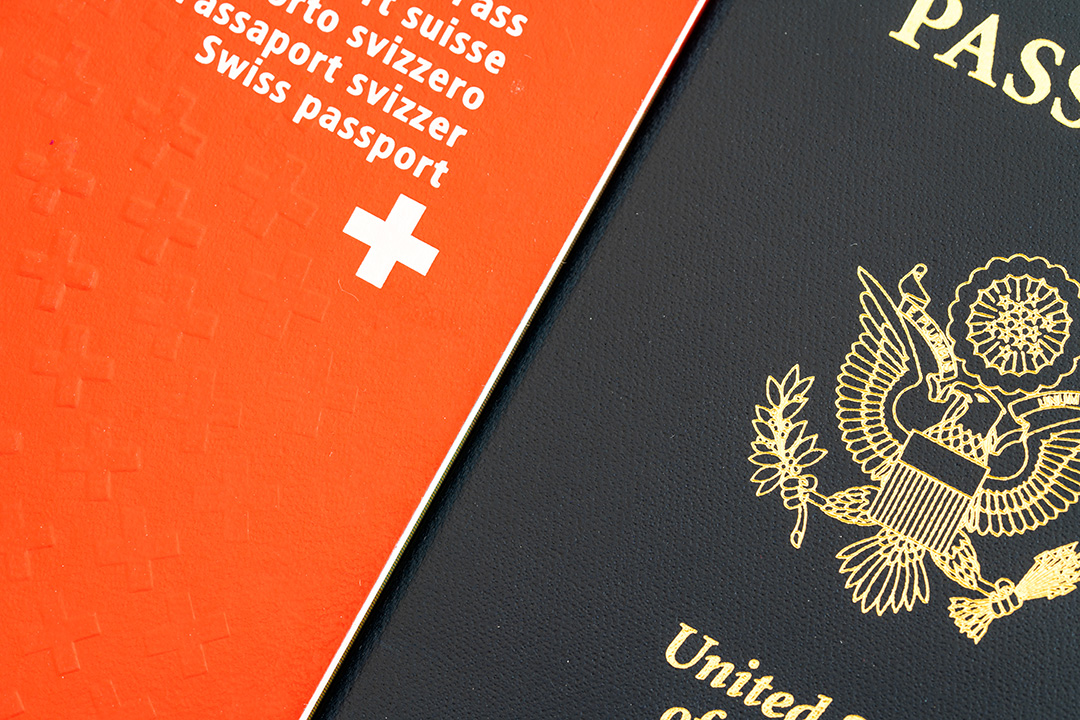In an era of burgeoning globalization and digital finance, the Foreign Account Tax Compliance Act (FATCA) stands as a remarkable achievement in the fight against tax evasion and the promotion of financial transparency. Implemented in 2010 by the U.S. government, FATCA aims to detect and deter U.S. taxpayers who use foreign accounts to circumvent U.S. tax laws. Through stringent reporting requirements, FATCA has managed to establish a global network of compliant institutions, foster information sharing, and recover billions in tax revenue via international financial regulation.
Global Reach and Compliance
One of the most significant aspects of FATCA is its widespread global reach. Initially viewed as a unilateral U.S. law, it quickly became a catalyst for international cooperation on financial transparency. Financial institutions worldwide, from Swiss banks to Asian asset management companies, are now compelled to disclose information about their U.S. account holders to the Internal Revenue Service (IRS). Failure to comply risks facing a hefty withholding tax on U.S. source income—a strong deterrent for financial entities that want to operate in or with the U.S. market.
Example: Swiss Banking Secrecy Erosion
Switzerland, long known for its strict bank secrecy laws, is perhaps the most famous case of FATCA’s reach. In a landmark decision in 2013, Credit Suisse, one of Switzerland’s largest banks, agreed to pay $2.6 billion in penalties for helping American clients evade taxes. The bank’s willingness to settle these claims can be directly linked to FATCA’s onerous penalties for non-compliance. Following this settlement, Swiss banks became more proactive in sharing information about U.S. account holders, effectively eroding the nation’s historical banking secrecy standards.
Information Sharing
FATCA’s success can also be credited to the bi-lateral agreements it has fostered. The United States has entered into Inter-Governmental Agreements (IGAs) with multiple countries, facilitating a smoother exchange of financial information.
Example: The U.S.-U.K. IGA
The U.S.-U.K. Inter-Governmental Agreement stands as a prominent example of FATCA’s ability to foster information sharing. The agreement, signed in 2012, laid out a framework for British financial institutions to report U.S. account information directly to the U.K. tax authority, which would then automatically forward it to the IRS. The streamlined process alleviates compliance costs and minimizes legal conflicts for British banks, thus making it easier for countries to adopt FATCA standards.
Tax Revenue Recovery
The end goal of FATCA is, of course, to recover lost tax revenue, and by this measure, the Act has been remarkably successful.
Example: Billions Recovered
As of 2020, the IRS reported that FATCA has led to the disclosure of more than 100,000 offshore accounts and the collection of over $12 billion in back taxes, fines, and penalties. These figures underline FATCA’s effectiveness in achieving its primary objective.
Conclusion
FATCA serves as a compelling example of how proactive regulation can bring about meaningful change on a global scale. While it’s not without its criticisms—some consider it invasive or burdensome—the Act’s success in achieving its key objectives is unquestionable. Through its global reach, information sharing agreements, and tangible results in tax revenue recovery, FATCA has redefined the scope of financial regulation and set a precedent for international cooperation.
International Financial Regulation image by Silicon Palms

Leave a Reply